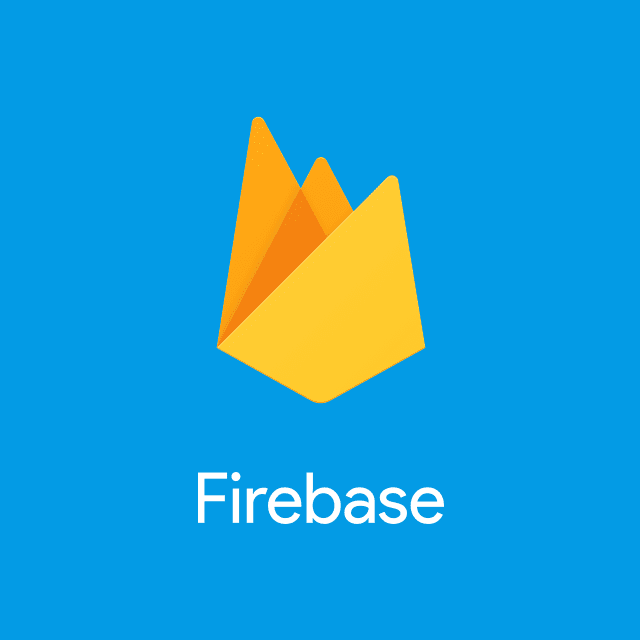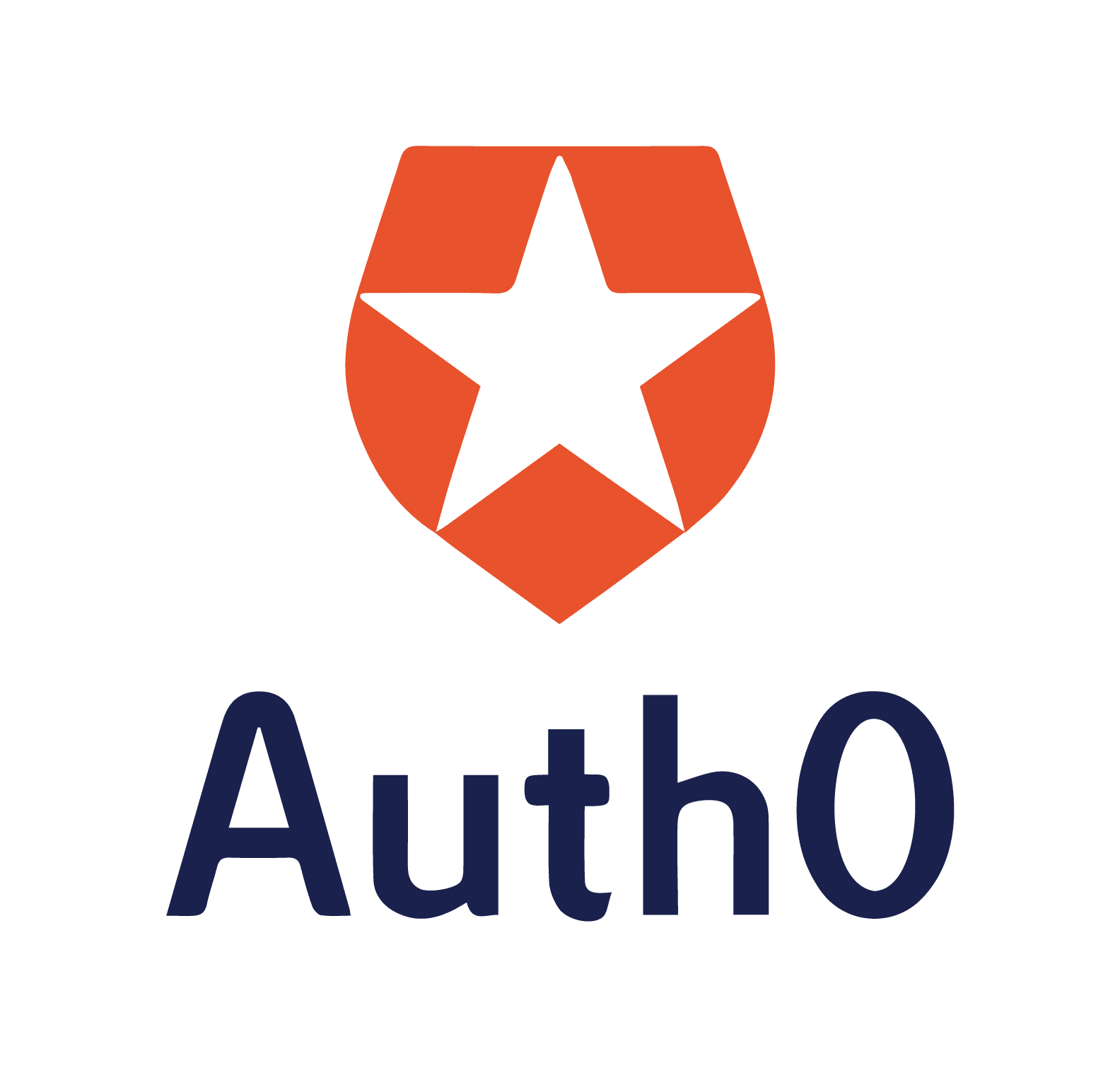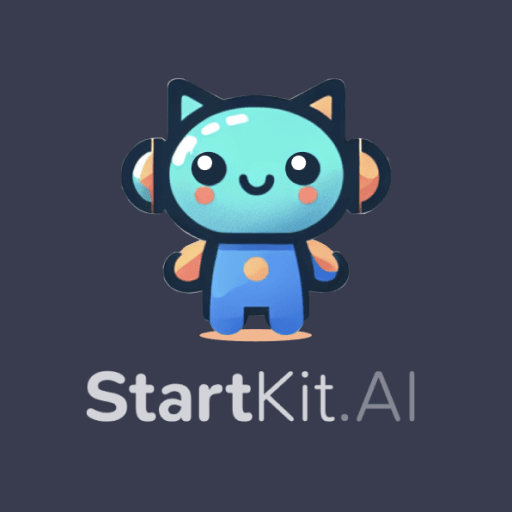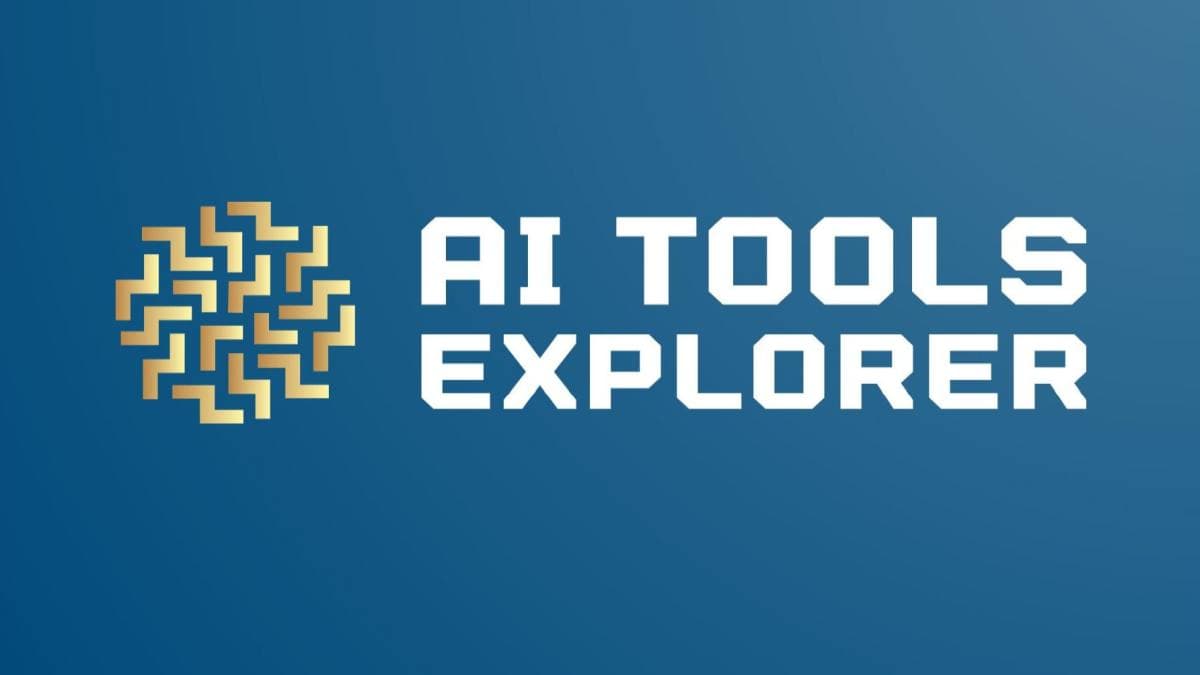Cakewalk AI vs. Firebase
Cakewalk AI
Awesome tool that helps organize your AI work with workspaces and dynamic prompts. This lets you build prompts using {{variables}}!.
Firebase
Google's Firebase is an entire app development platform that's packed with features.It comes with storage, cloud functions, monitoring and, of course, user authentication. The free tier comes with 50,000 MAUs. Beyond that pricing start at $0.0055/MAU and goes down to as low as $0.0025/MAU as you scale to millions of users. Firebase authentication supports email and password auth, phone auth, magic links, two-factor authentication and social identity providers - mainly Google, Google Play Games, Facebook, Apple, Microsoft, Twitter, GitHub and OAuth access tokens.
Reviews
Reviews
| Item | Votes | Upvote |
|---|---|---|
| No pros yet, would you like to add one? | ||
| Item | Votes | Upvote |
|---|---|---|
| No cons yet, would you like to add one? | ||
| Item | Votes | Upvote |
|---|---|---|
| Easy to use | 1 | |
| Low price per monthly active user | 1 | |
| Generous free tier | 1 | |
| Easy SMS authentication | 1 |
| Item | Votes | Upvote |
|---|---|---|
| No cons yet, would you like to add one? | ||
Frequently Asked Questions
Cakewalk AI is primarily focused on organizing AI work with features like workspaces and dynamic prompts, making it ideal for AI-related projects. In contrast, Firebase is a comprehensive app development platform that offers a wide range of features including storage, cloud functions, and user authentication. If your goal is to develop a full-fledged application with user management and backend services, Firebase would be the better choice. However, if your focus is on AI prompt management, Cakewalk AI may serve your needs better.
Firebase offers extensive user authentication options, including email/password, phone authentication, magic links, two-factor authentication, and support for various social identity providers. Cakewalk AI does not focus on user authentication features, as it is designed more for organizing AI workflows. Therefore, for robust user authentication capabilities, Firebase is the superior choice.
Firebase provides a pricing model that starts with a generous free tier and scales down to as low as $0.0025 per monthly active user as you grow, making it cost-effective for applications with a large user base. Cakewalk AI does not provide specific pricing information, so it is difficult to compare directly. If cost-effectiveness during scaling is a priority, Firebase is likely the better option.
Cakewalk AI is an innovative tool designed to help users organize their AI work through the use of workspaces and dynamic prompts. The tool allows for the creation of prompts using variables, making it easier to build and manage complex AI tasks efficiently.
The main features of Cakewalk AI include the ability to create and manage workspaces, use dynamic prompts with variables, and streamline the organization of AI-related tasks. These features aim to enhance productivity and simplify the management of AI projects.
Currently, there are no user-generated pros and cons available for Cakewalk AI. However, its features such as workspaces and dynamic prompts suggest it could be highly beneficial for organizing AI work.
Firebase is Google's app development platform that offers a comprehensive suite of features, including storage, cloud functions, monitoring, and user authentication. It supports multiple authentication methods such as email and password, phone authentication, magic links, two-factor authentication, and social identity providers like Google, Facebook, Apple, Microsoft, Twitter, GitHub, and OAuth access tokens.
Pros of Firebase include its ease of use, low price per monthly active user, a generous free tier, and easy SMS authentication. Currently, there are no user-generated cons for Firebase.
The free tier for Firebase includes 50,000 monthly active users (MAUs). Beyond that, pricing starts at $0.0055 per MAU and can go as low as $0.0025 per MAU as you scale to millions of users.
Firebase supports multiple authentication methods, including email and password, phone authentication, magic links, two-factor authentication, and social identity providers such as Google, Google Play Games, Facebook, Apple, Microsoft, Twitter, GitHub, and OAuth access tokens.


















